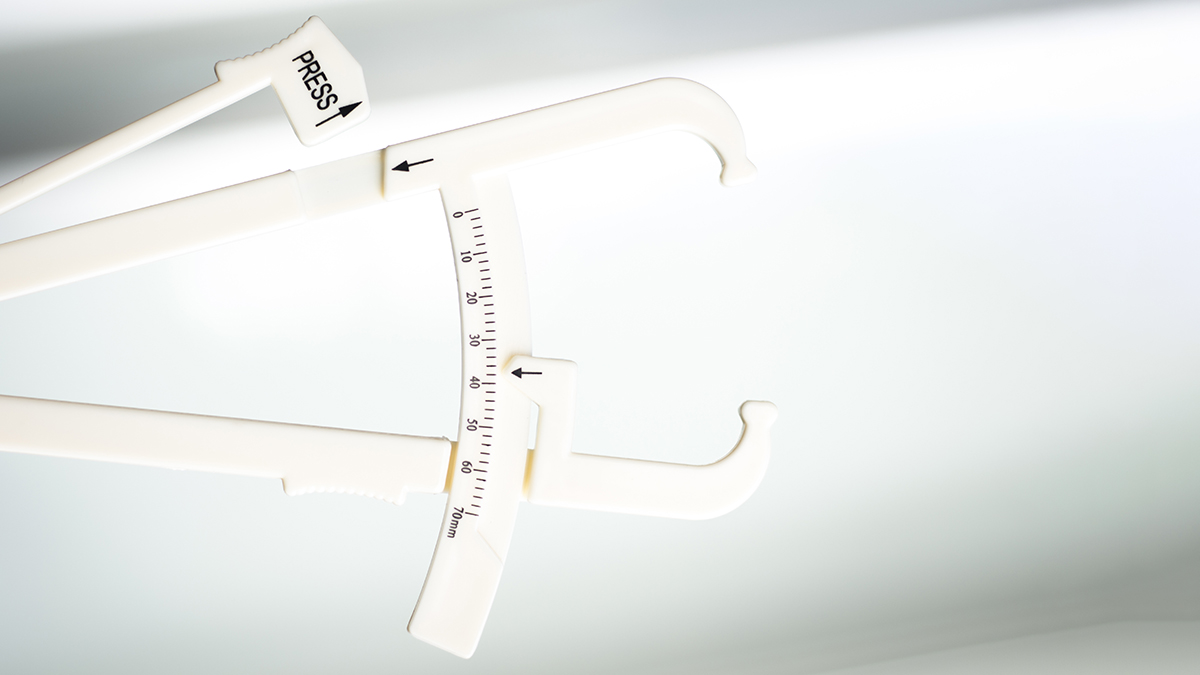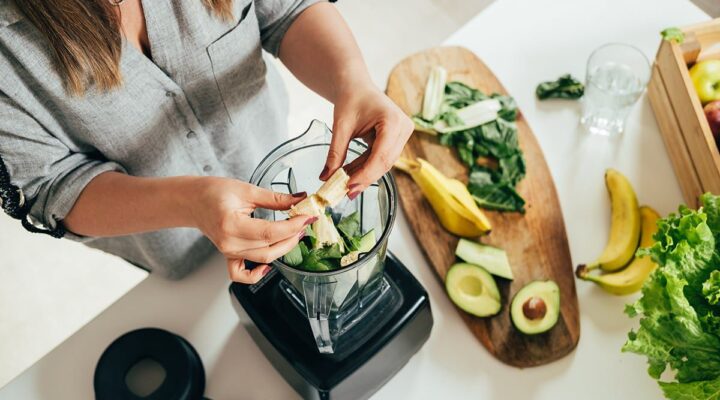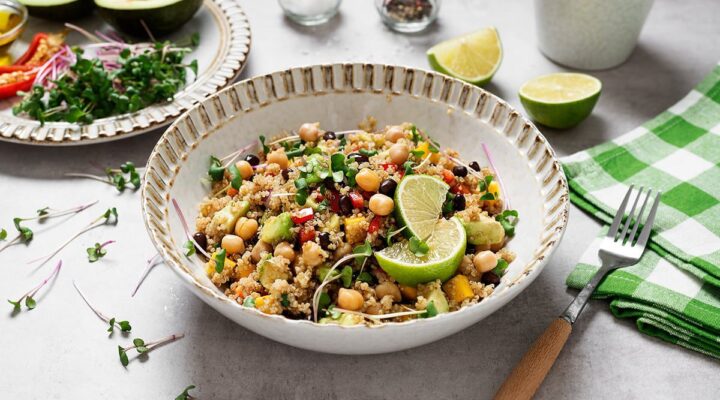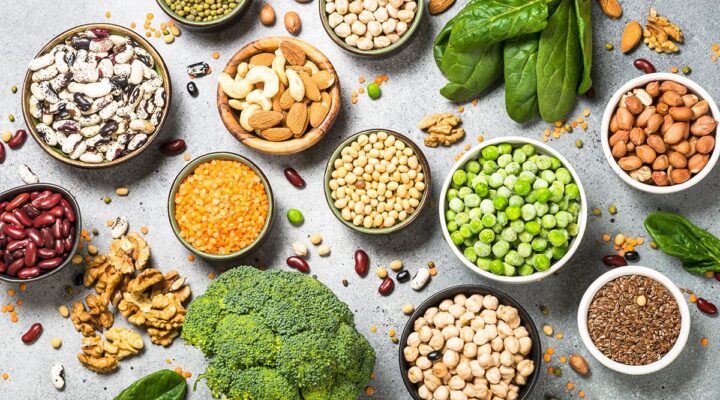Ask Dr Adam | Can You Spot Reduce Fat?

Dear Dr Adam,
I’m a cardio enthusiast and register changes to my body composition when I work hard, but some areas seem more difficult to adapt. Is it possible to target specific areas and spot reduce fat?
Lyra, Bath
Hi Lyra,
That’s a tricky one, and how you would go about doing it is fairly complicated.
The common thought process when people try to do this is to target one region, i.e. simply doing lots of sit-ups to get rid of their gut and/or give them a six-pack. Alas, this isn’t really the case. If you want to lose fat in one particular area, you need to be in a situation where your body is both liberating fat and oxidising that fat.
In terms of where you’re to lose that fat, an important thing to note is that gender makes a big difference. When men gain weight, most of that weight is going to be above the equator in their upper body. For women, it’s more of a 50/50 split.
Man or woman, when you’re losing weight, fat reduction will predominantly be central, around the waist, because the good news is that your visceral fat – that which surrounds the organs – is always first to go. After that, if you’re combining diet and exercise in a way that’s optimal, you’ll potentially start to lose more subcutaneous fat – the fat that sits more directly beneath the skin.
You might not like it, but women are ingrained to protect gluteofemoral fat around the hips because its a helpful metabolic sink. That said, women naturally have more of this gluteofemeral fat than men do around the hips and the buttocks, and generally speaking will be better at mobilising that fat than a man would be, particularly during exercise. This is because 1/ women have more of it and 2/ it’s more easily liberated.
So with a combination of diet and exercise, you can spot reduce fat to the extent of knowing that naturally, if you do some form of energy restriction and increased energy expenditure, you’ll first lose fat around the waist, then the hips and thighs.
“When men gain weight, most of that weight is going to be above the equator in their upper body. For women, it’s more of a 50/50 split”
But there are some interesting ideas around this concept of spot reduction concerning exercise specifically. Fat is a type of tissue which can be stored and released within our adipose tissue. But adipose tissue can be either white or brown. White is about 90% pure fat while brown has lots of little mitochondria in it, which have the ability to generate heat, like little hot water bottles in the body.
When we contract muscles during exercise we trigger some direct thermogenesis of fat, particularly subcutaneous fat underneath the skin. The research is still quite speculative, but it has been observed that during endurance exercise when we contract our muscles for long periods of time, it has the effect of increasing thermogenesis and browning subcutaneous fat.
The idea is that when you’re doing endurance exercise, you increase the need for energy to sustain that exercise and your muscles are forced to become better at burning and storing fat. For athletes, this could be beneficial in terms of fat location because it means they can get rid of heat better – subcutaneous fat being close to skeletal muscles used most during endurance activity. It’s also beneficial in the sense that the fat you’d lose adds to the energy cost of the exercise, so shifting it could improve performance.
So it could be that effective endurance exercise and moderate-intensity cardio can better target this subcutaneous body fat in an attempt to improve your efficiencies in certain exercises. It’s an interesting concept, but it’s promising.
_
A qualified nutritionist for 20 years, Dr. Collins holds an MSc in Nutrition & Metabolism and a PhD focusing on energy expenditure and body composition. He is Director of MSc and BSc Nutrition at the University of Surrey. His research interests lie in exercise nutrition, body composition and energy metabolism and current research includes exercise intensity, intermittent fasting and timing of food around exercise.
To have your nutrition questions answered by Dr Adam Collins, please email hello@formnutrition.com/us


















